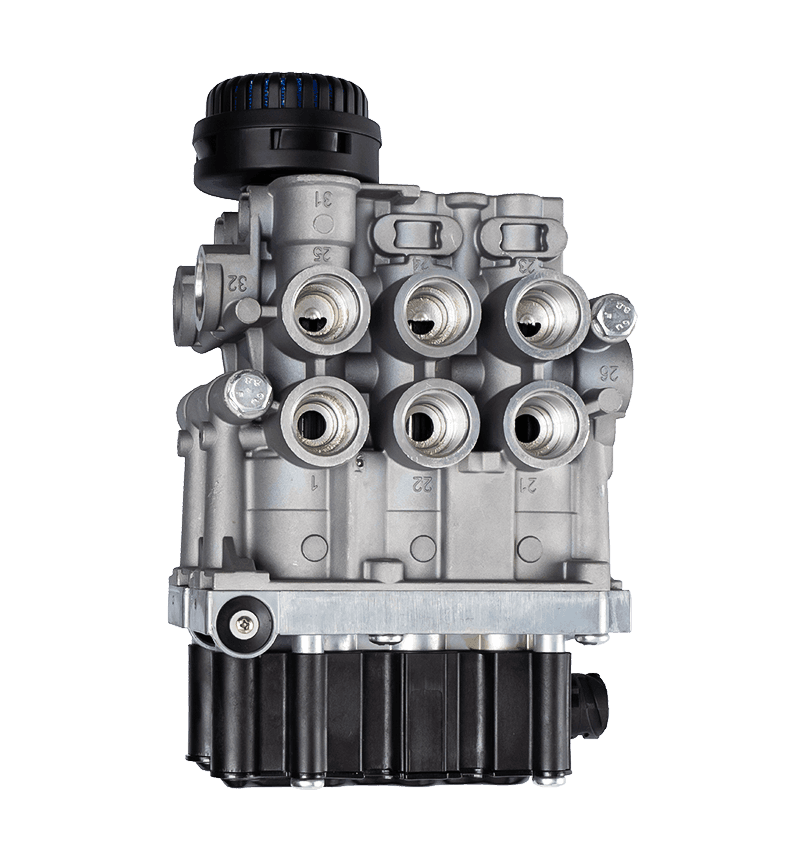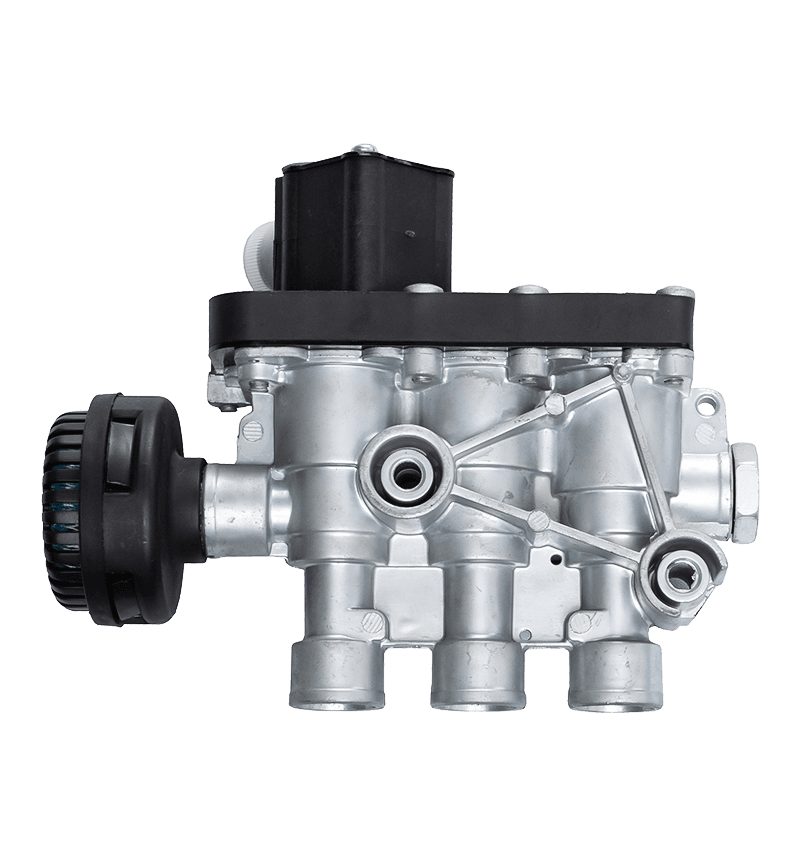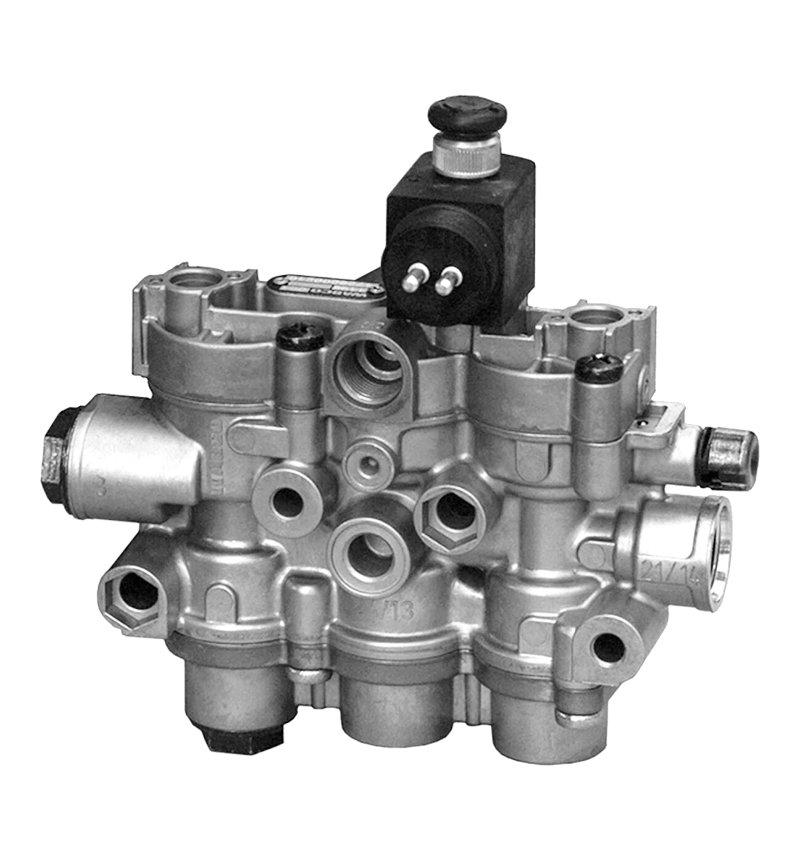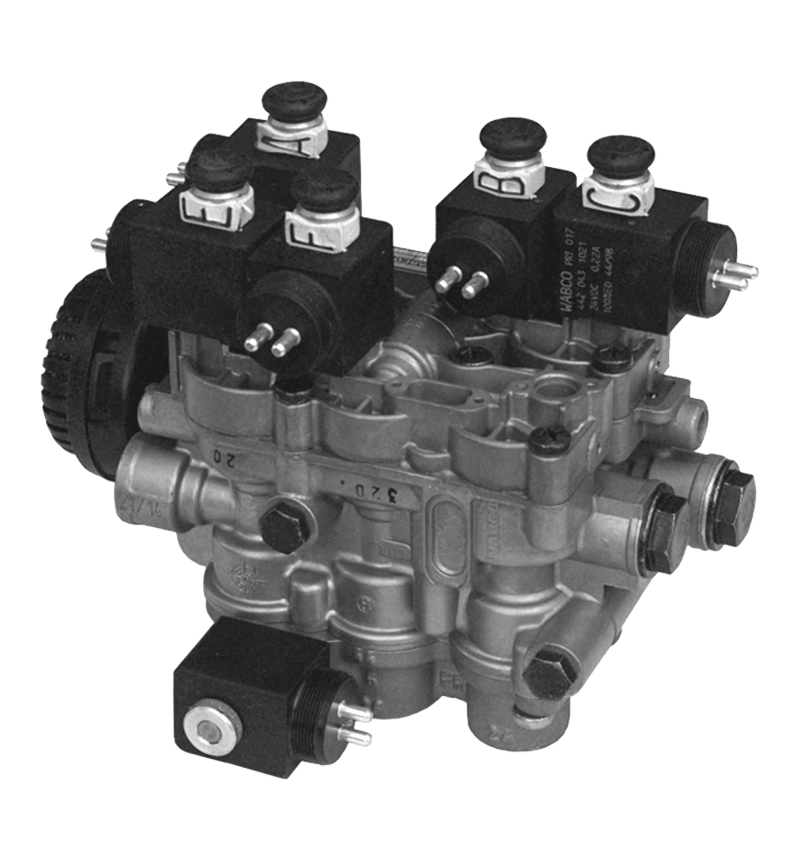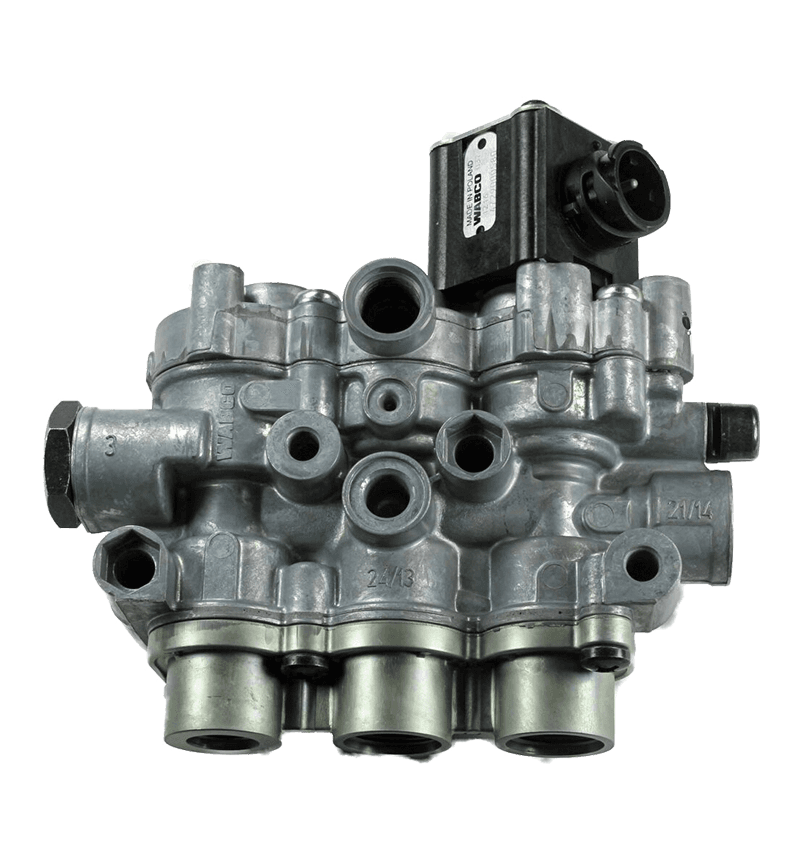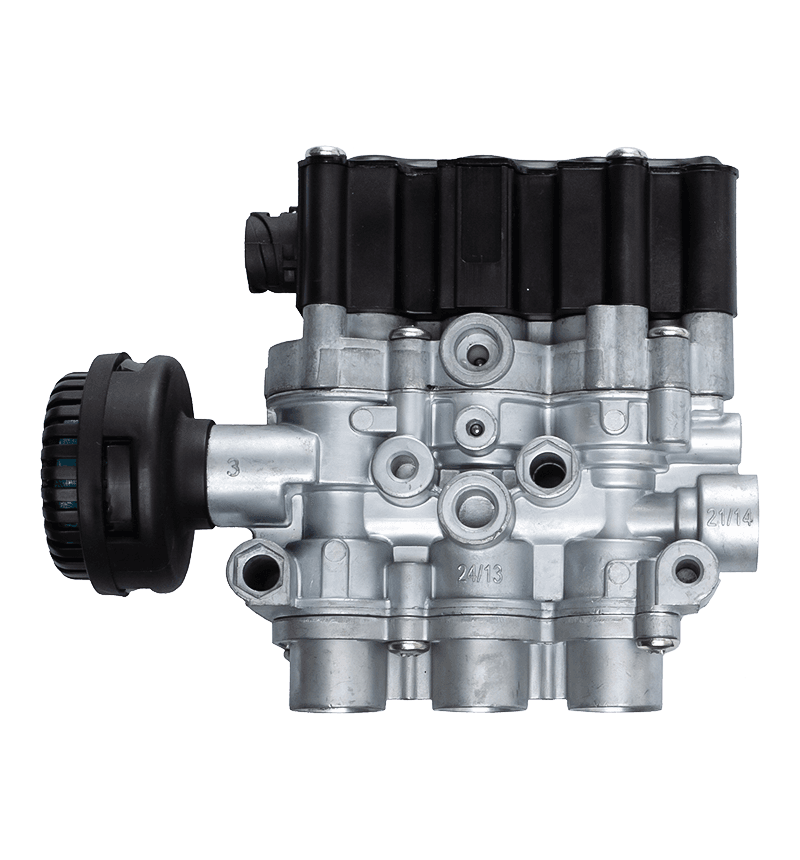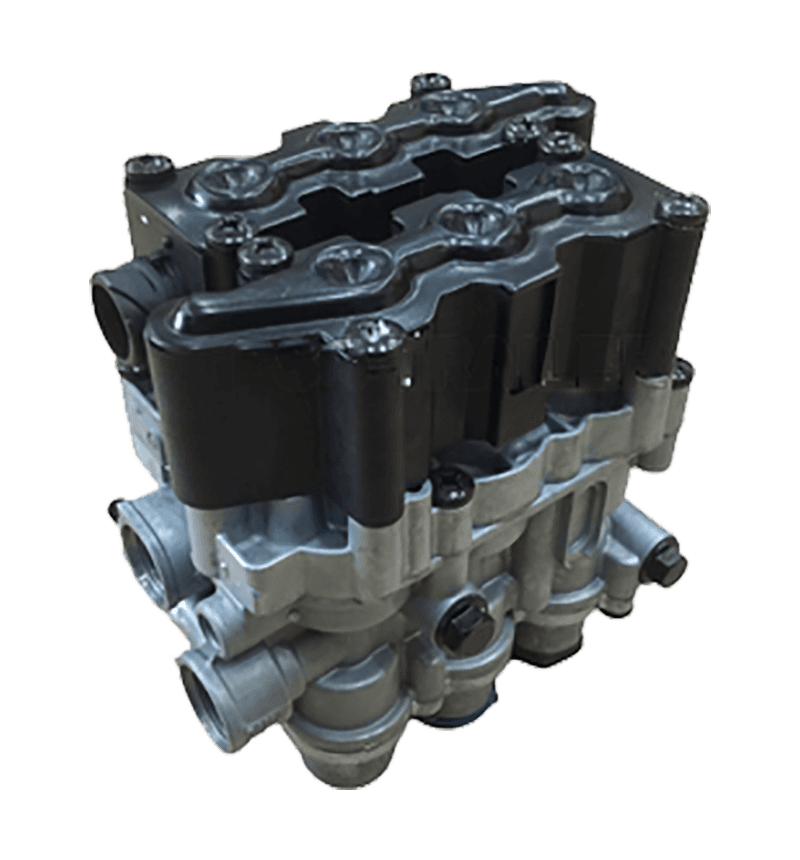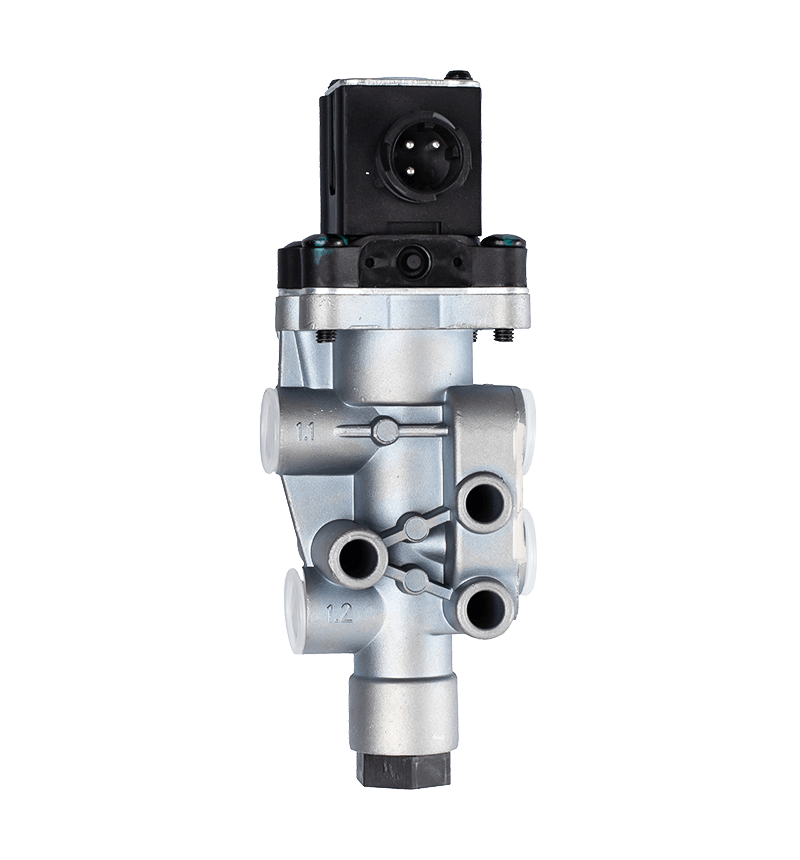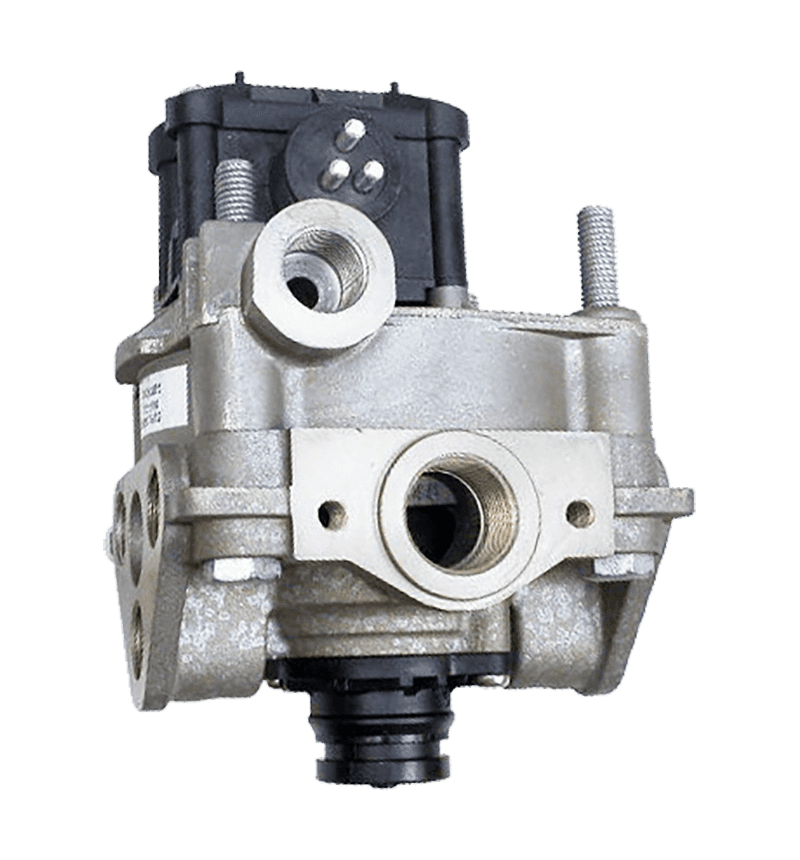Definition and characteristics of solenoid valve
A solenoid valve is a valve that uses electromagnetic force to control the flow of fluid. It is mainly composed of a solenoid coil, a valve body, a valve core, a spring and other parts. Its working principle is that when current passes through the solenoid coil, a magnetic field is generated to attract the valve core, which in turn pushes the valve core to change the opening and closing state of the valve seat to control the on and off of the fluid. The solenoid valve works at a fast speed and can accurately control the flow of fluid, and is suitable for automatic control systems. Its application areas are very wide, including flow regulation of liquids and gases, cooling systems, pneumatic systems and other fields. Compared with other types of valves, the biggest feature of the solenoid valve is that it can be remotely controlled and automatically operated through electrical signal control, which makes it occupy an important position in the modern automation industry. Solenoid valves usually have the characteristics of fast switching speed, short response time, and simple operation, which are suitable for occasions that require fast adjustment and precise control.
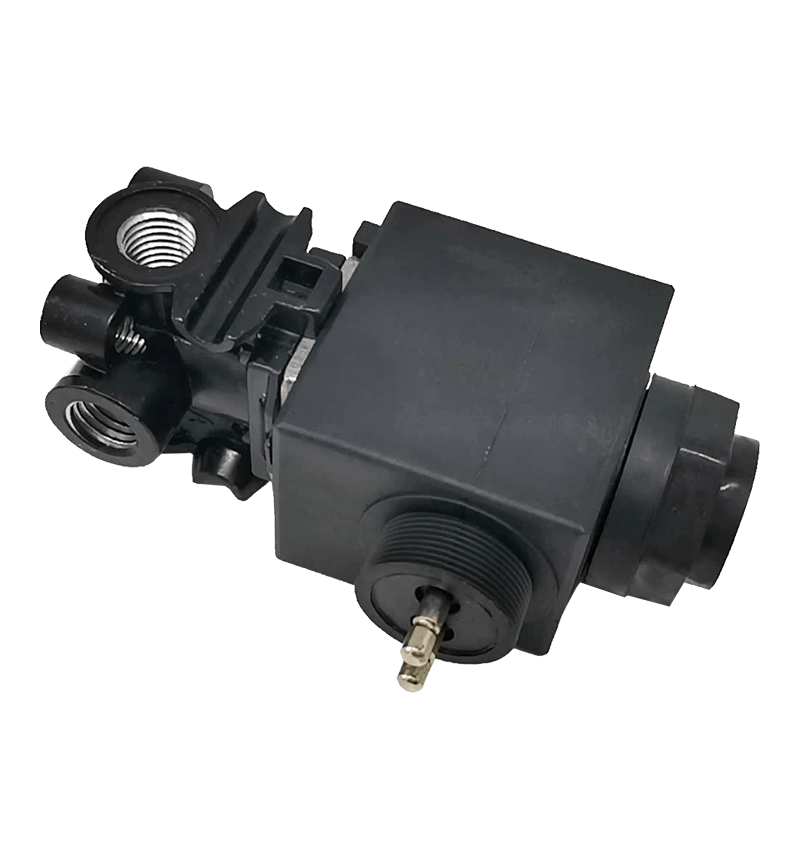
Definition and characteristics of other types of valves
As an important component in a fluid control system, valves are of various types and have different functions. Common valve types include ball valves, gate valves, check valves, regulating valves, etc., and the working principles and application scenarios of each valve are different. The core of the ball valve is a spherical valve core, which controls the flow of fluid by rotating the ball in the valve body. The gate valve controls the flow of fluid by moving the valve disc up and down, and is often used for interception purposes. The check valve is a one-way valve that prevents the reverse flow of fluid. The regulating valve is used to adjust the flow and pressure, and is usually used in conjunction with an automatic control system. The operation methods of these valves are different. Ball valves and gate valves are usually operated by manual or electric devices, while regulating valves control the flow of fluid through pneumatic or hydraulic systems. Although these valves perform well in different applications, they usually do not have the ability to respond quickly and perform automated control like solenoid valves.
Structural differences between solenoid valves and other valves
Solenoid valves are significantly different from traditional mechanical valves in structure. The core components of the solenoid valve are the solenoid coil and the valve core. The solenoid coil excites the magnetic field through current to drive the valve core to open and close. Traditional valves such as ball valves, gate valves and regulating valves usually rely on the movement of mechanical structures, such as rotation, lifting, etc. to achieve switching or regulation functions. In addition, the design of solenoid valves is usually more compact than other types of valves. The solenoid coil and valve core inside are precisely designed, so that the solenoid valve can complete fluid control in a smaller space. Ball valves, gate valves, etc. usually require a larger volume to accommodate their valve discs, valve seats and other components. Therefore, in an environment with limited space, solenoid valves are more flexible and efficient.
The following table compares the structural differences between solenoid valves and several common valves to facilitate understanding of their different design concepts and applicable scopes.
| Valve Type |
Core Structural Components |
Operation Method |
Size |
Typical Application Environment |
| Solenoid Valve |
Electromagnetic coil, valve core, spring |
Electromagnetic drive |
Relatively small |
Automation control, pneumatic systems |
| Ball Valve |
Ball-shaped valve core, valve seat |
Manual or electric rotation |
Medium |
Water supply, gas pipelines |
| Gate Valve |
Valve disc, valve stem, valve seat |
Vertical movement of valve disc |
Relatively large |
Shut-off control |
| Control Valve |
Valve disc, actuator |
Pneumatic or hydraulic drive |
Medium to large |
Flow and pressure regulation |
Differences between the working principles of solenoid valves and other valves
The working principle of solenoid valves is very different from the mechanical working principle of traditional valves. The solenoid valve controls the movement of the valve core through electromagnetic force. The current passes through the electromagnetic coil to generate a magnetic field, which attracts the valve core to open or close the valve. This control method has the advantages of fast response speed, high precision, and high degree of automation. Therefore, solenoid valves are widely used in many automated production lines and control systems. Traditional ball valves and gate valves usually rely on manual, pneumatic or electric drive devices to control fluid flow by rotating or lifting the valve disc. The working principle of the gate valve is mainly to block or allow the fluid to pass through the up and down movement of the valve disc, while the ball valve controls the flow rate by rotating the spherical valve core in the valve body. The regulating valve controls the flow rate and pressure of the fluid by adjusting the opening of the valve. The control method of these valves is usually more mechanized than that of the solenoid valve, and the operation is more complicated, requiring manual or external devices to adjust.
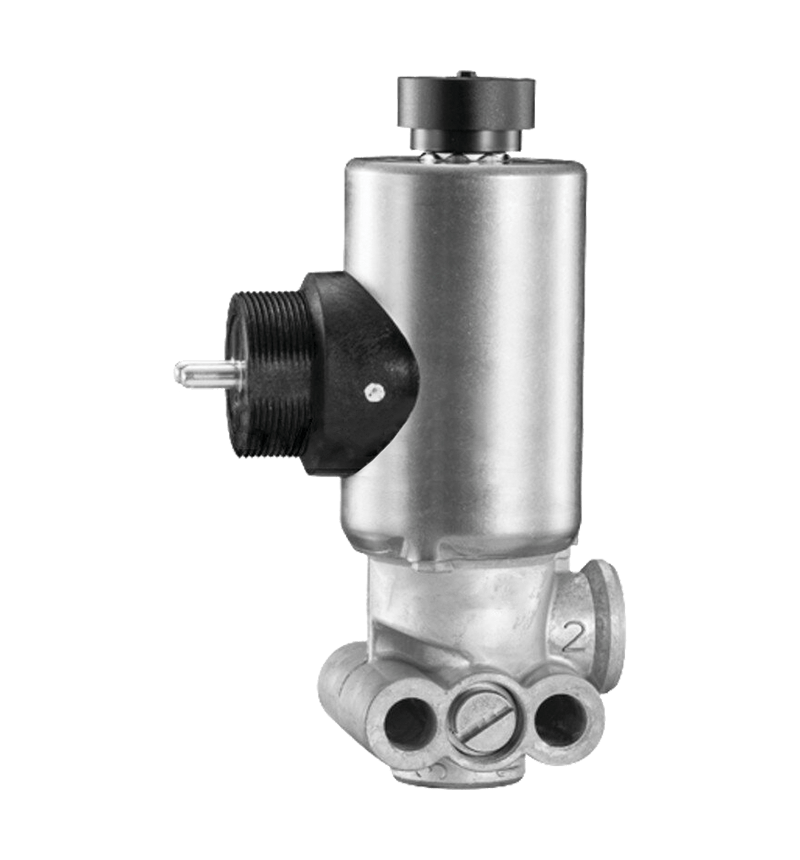
Response speed and control accuracy of solenoid valves and other valves
A significant advantage of the solenoid valve is its fast response speed, usually at the millisecond level. This makes the solenoid valve very suitable for occasions that require fast response, such as automated production lines, fluid control systems, etc. Through the magnetic field of the electromagnetic coil, the valve core can respond quickly and complete the switching operation. In contrast, the response speed of traditional valves is slow, especially mechanically driven ball valves, gate valves, etc., whose switching operations usually take a certain amount of time. In terms of control accuracy, the solenoid valve can achieve more precise control, especially in terms of flow and pressure control, and can be finely adjusted according to system needs. The control accuracy of traditional valves is usually low, especially when adjusting flow and pressure, there may be large fluctuations and errors. This makes the solenoid valve have advantages in some occasions that require high-precision control.
Comparison of application scenarios of solenoid valves with other valves
Solenoid valves are mainly used in systems that require fast response and automatic control. They are widely used in automated control systems, pneumatic systems, hydraulic systems, and cooling and heating systems. Since they can be remotely controlled through electrical signals, solenoid valves are very suitable for unattended or difficult manual intervention situations. For example, in an automated production line, solenoid valves can automatically adjust the flow of fluids according to the needs of the system to ensure the smooth progress of the production process. Traditional valves such as ball valves and gate valves are more suitable for simple manual or mechanized control situations. For example, ball valves are often used in infrastructure such as water supply and gas supply, while gate valves are mostly used for pipeline cutoff and connection. The operation of these valves is relatively simple, but their performance in automated control and high-precision regulation is not as good as that of solenoid valves.
Maintenance and maintenance of solenoid valves and other valves
The maintenance of solenoid valves usually requires regular inspection of the working condition of the solenoid coil to ensure stable current and avoid damage or overheating of the solenoid coil. At the same time, the valve core and seals also need to be checked regularly to avoid leakage or jamming due to dirt or aging. In addition, the power supply line, connectors and other components of the solenoid valve also need to be checked regularly to ensure its normal operation. In contrast, traditional valves usually require regular inspection of the wear of the valve disc, especially the valve disc of ball valves and gate valves, which may be worn or deformed after long-term use, affecting their sealing and fluid control capabilities. The replacement and lubrication of seals are also key aspects of maintenance. In general, the maintenance of solenoid valves usually relies more on the inspection of the electrical part than traditional valves, while traditional valves require more attention to the maintenance of the mechanical part.


 English
English Español
Español




